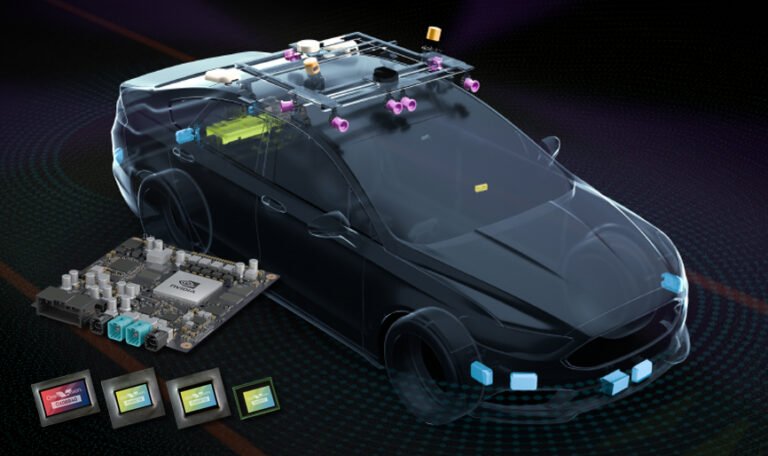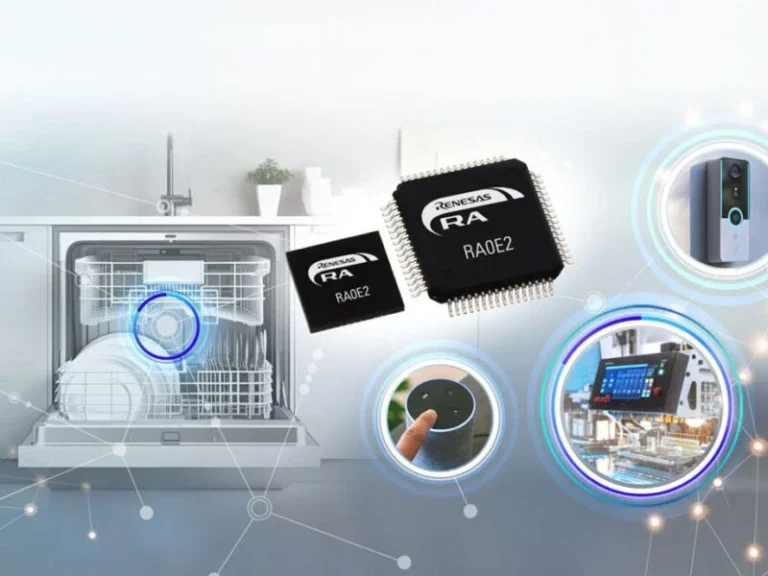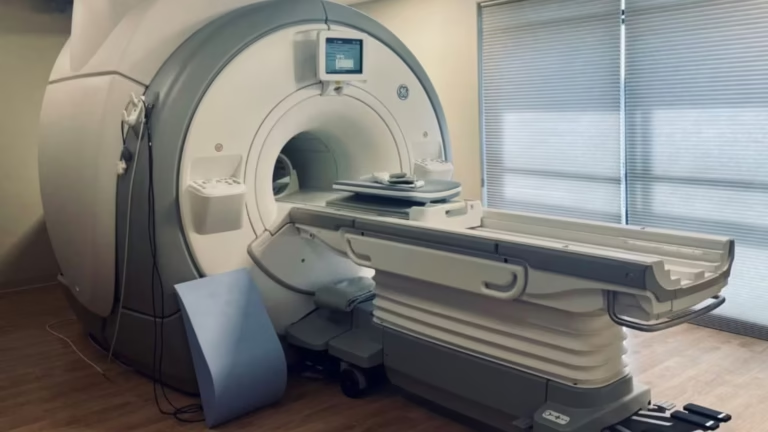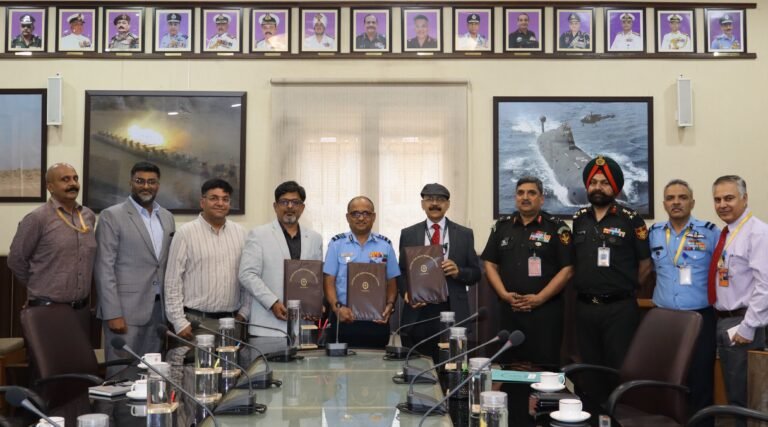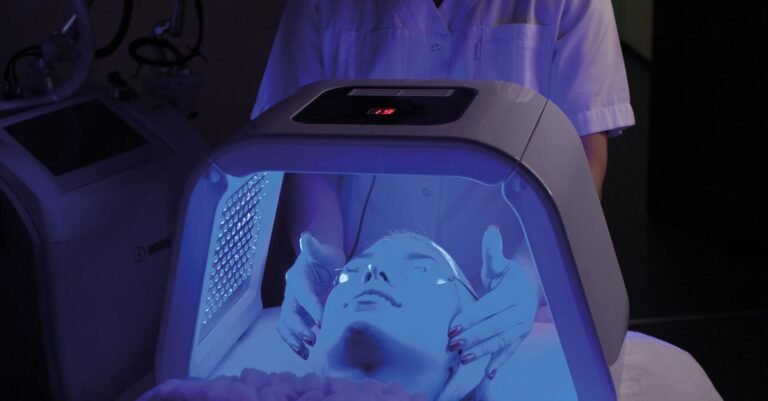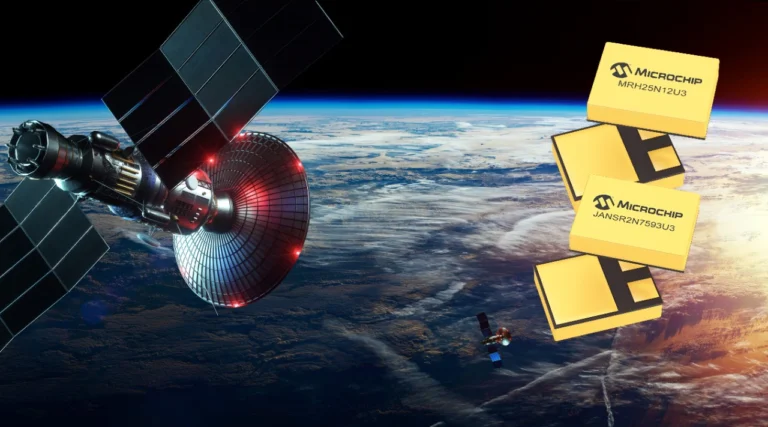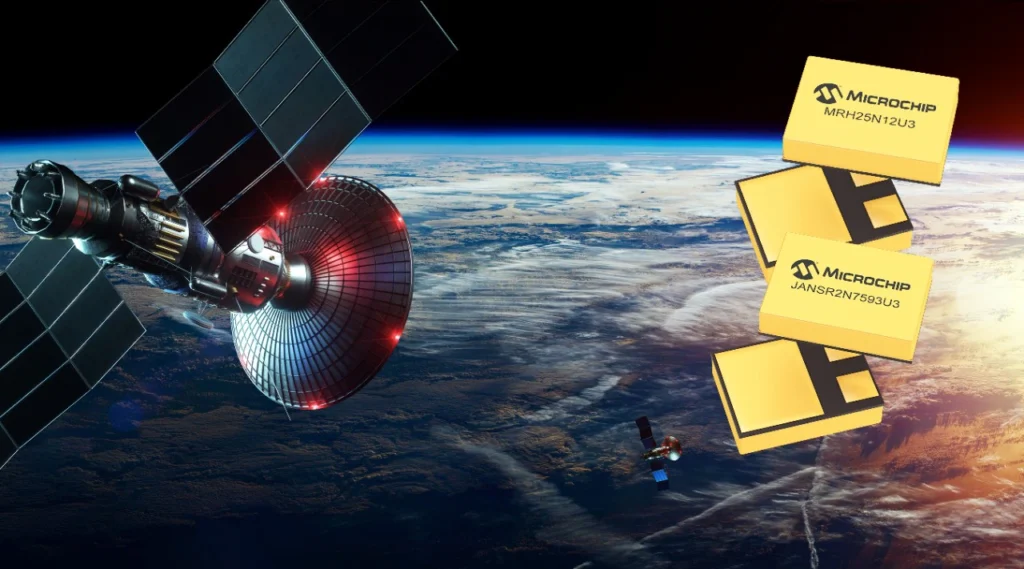OMNIVISION OX01N1B: OMNIVISION, a global leader in advanced digital imaging, analog, and display solutions, has announced the launch of its latest innovation, the OX01N1B image sensor , tailored for in-cabin automotive driver monitoring systems (DMS). This 1.5-megapixel (MP) sensor, part of OMNIVISION’s industry-leading Nyxel near-infrared (NIR) technology family , combines RGB-IR or monochrome backside-illuminated (BSI) global shutter (GS) capabilities with a pixel size of 2.2 microns (µm) and an optical format of 1/4.51-inch.
The OX01N1B will be showcased alongside ecosystem partners at Auto Shanghai 2025 , taking place from April 23 to May 2, 2025 2. This sensor is set to redefine the standards for mainstream DMS applications by offering an ideal balance of performance, size, and cost.
Key Features Driving Innovation in Automotive Safety
The OX01N1B stands out with its groundbreaking features, making it a top choice for next-generation driver monitoring systems:
- Industry-Leading NIR Quantum Efficiency (QE): Achieving 36% QE , the sensor delivers unparalleled low-light performance, ensuring clear and accurate images even in challenging lighting conditions.
- High Modulation Transfer Function (MTF): Provides superior image quality and resolution, critical for detecting driver behavior and enhancing road safety.
- Compact Design: With an optical format optimized for extremely small camera modules, the OX01N1B enables seamless integration into various vehicle designs without compromising performance.
- OmniPixel4-GS Technology: Ensures simultaneous image detection across all pixels, eliminating motion distortions and enabling precise reproduction of rapid movements.
- Integrated ASIL-B and Cybersecurity: Meets the latest industry standards, ensuring reliability and protection against emerging threats.
Dr. Paul Wu, Head of Automotive Product Marketing at OMNIVISION, highlighted the significance of this innovation:
“Driver monitoring systems are becoming mandatory in Europe starting in 2026, and adoption rates are rising globally to improve road safety. The OX01N1B represents the ‘sweet spot’ for mainstream DMS applications, balancing performance, size, and cost. Its smaller chip size compared to the previous OX01H1B allows reuse of the same optical path, while added image signal processing enhances functionality.”
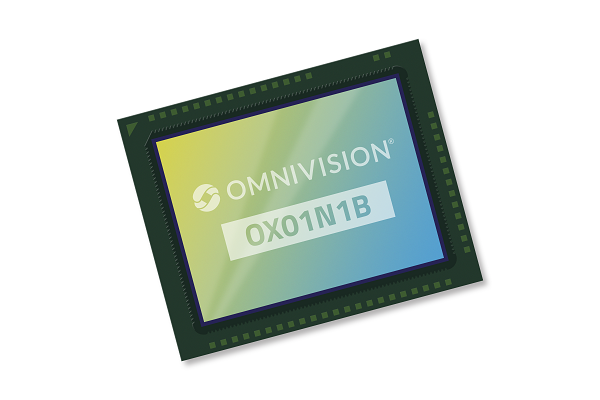
Why OX01N1B is a Perfect Fit for Next-Gen Automotive Designs
The OX01N1B ’s versatility makes it an ideal solution for automotive OEMs seeking flexibility in DMS camera placement. By offering a range of cost and performance options, OMNIVISION empowers manufacturers to integrate DMS seamlessly into their next-generation vehicles.
Martin Krantz, CEO and Founder of Smart Eye, praised the sensor’s capabilities:
“OMNIVISION’s OX01N1B sensor delivers exceptional performance in a remarkably compact format, enabling us to create our All-In-One camera AI ONE. This innovation integrates camera, sensor, processing, and software into a single, self-contained unit, bringing our vision of an integrated DMS to life.”
Advanced Packaging and Availability
The OX01N1B is available in OMNIVISION’s advanced a-CSP package , which supports higher-performance image sensors in tighter spaces. Additionally, a reconstructed wafer option is offered for designers who prefer assembling a bare die imager into their camera module.
The sensor is currently available for sampling and is expected to enter mass production in Q3 2026 . For more information or to schedule a meeting at Auto Shanghai 2025 , visit OMNIVISION’s official website: www.ovt.com/contact-sales
Why This Innovation Matters
With the global push toward safer roads and the impending mandate for DMS in Europe by 2026, the OX01N1B addresses critical challenges in automotive safety. Its combination of compact design , exceptional low-light performance , and integrated cybersecurity positions it as a transformative solution for both mainstream and high-end vehicles.
By leveraging OMNIVISION’s expertise in advanced imaging technologies, the OX01N1B not only meets but exceeds the demands of modern automotive applications, paving the way for smarter, safer, and more efficient vehicles.
Key Takeaways:
- The OX01N1B is part of OMNIVISION’s Nyxel NIR technology family , offering 36% NIR QE and superior low-light performance.
- It features OmniPixel4-GS technology , ensuring distortion-free motion capture and enhanced image quality.
- Available in an a-CSP package and reconstructed wafer option, it supports flexible integration into compact camera modules.
- The sensor will be showcased at Auto Shanghai 2025 and is expected to enter mass production in Q3 2026 .
- OMNIVISION’s expanded portfolio provides automotive OEMs with cost-effective and high-performance DMS solutions .
Image Source: google.com

